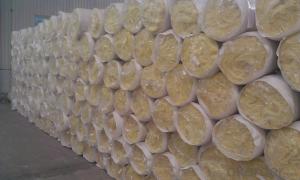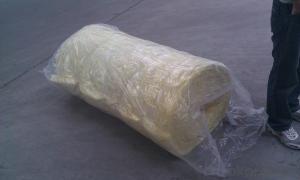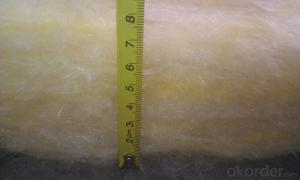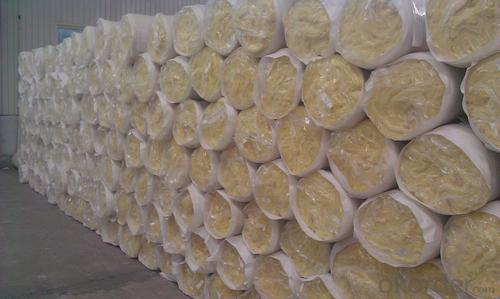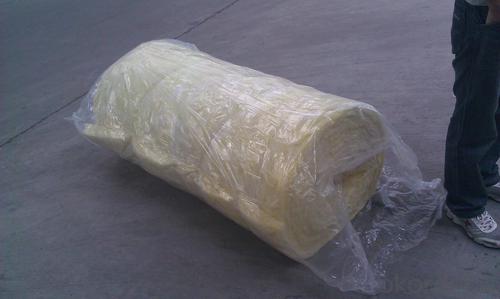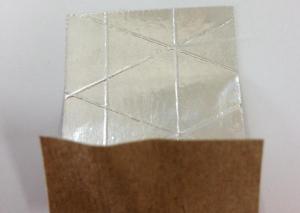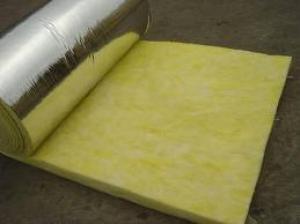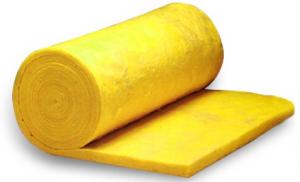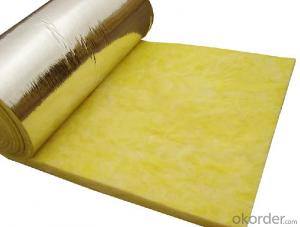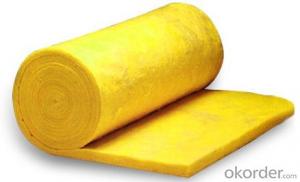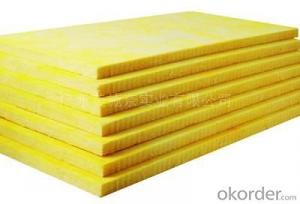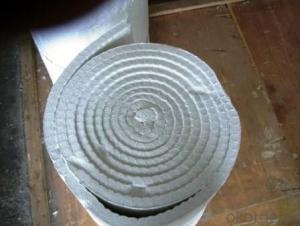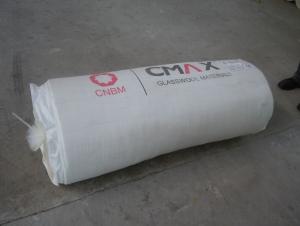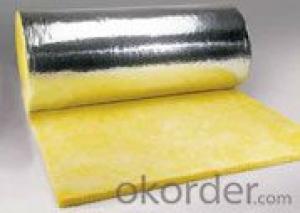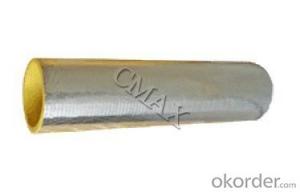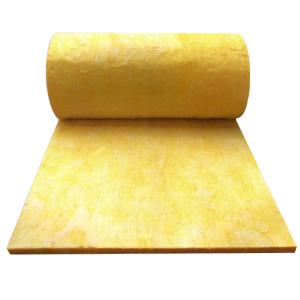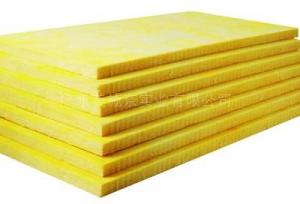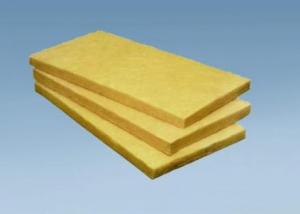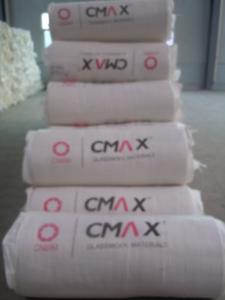Glass Wool Blanket, Glass Wool Board, Glass Wool Pipe
- Loading Port:
- Tianjin
- Payment Terms:
- TT OR LC
- Min Order Qty:
- 100 roll
- Supply Capability:
- 100000000 roll/month
OKorder Service Pledge
OKorder Financial Service
You Might Also Like
Product Description:
Product Description:
Insulation Glass Wool Pipe
In the field of insulation materials, weare mainly specializing in Glass wool products, including blankets, boards andpipes. The advantage of this material is numerous: noncombustible, nontoxic,and resistant to corrosion. It has low weight, low thermal conductivity, stablechemical property, low moisture rate and good hydrophobicity. These productshave been widely used in heat preservation, thermal insulation and soundabsorption in construction, chemical industry, electronic industry, electricpower, metallurgy, energy industry, and communication. High density panelslaminated with facing can be used for Air-conditioning duct system.
TECHNICAL DATA
Item | Unit | Index |
Density | Kg/m3 | 10-100 |
Average Fiber Diameter | μm | 5-7 |
Water Content | % | ≤1 |
Grade of Combustibility | Non-Combustible Grade A | |
Reshrinking Temp | ℃ | ≥250 |
Thermal Conductibility | w/m.k | 0.038-0.06 |
Hydrophobic | % | ≥98 |
Moisture Rate | % | ≤5 |
Noise Resistant Coefficient (NRC) | 0.75 | |
Slag Inclusion Content | % | ≤0.3 |
GLASS WOOL BLANKET
Introduction
The glass wool blanket is applied for largelaying area. Besides the character of thermal insurance, it also has theperformances of shock absorption and acoustical isolation, especially for middleor low frequency sound. It also can cancel the noise and improve workingenvironment.
The glass wool blanket with aluminum foilsurface has good capability of heat radiation protection.
Technical Data
Item | Unit | Index |
Density | Kg/m3 | 10-32 |
Thickness | mm | 25-150 |
Width | mm | 600-1200 |
Length | mm | 10000-30000 |
Note: Product with special specificationcan be made to order.
Both unfaced and faced felts can beprovided.
Application
This material can be freely cut inconstruction according to the shape required, mainly used in room,noise-canceling system, transportation, refrigerators and household electricappliances for noise canceling.
The blanket with aluminum foil is suitablefor high temperature shops, control room, inner wall of the machine shops, roomseparating and inner liners.
Package
Normal packing: Each roll is wrapped withvacuum plastic bag, and then in PE woven bag.
Special required package like PE BAG and PESHRINKED BAG can be made with additional charge.
GLASS WOOL PIPE
Introduction
As this material has the characters ofwater-proof, anti-corrosion and mildewing-proof, glass wool pipe is good atstopping condensation and freezing of the pipes.
TechnicalData
Item | Unit | Index |
Density | Kg/m3 | 48-96 |
Thickness | mm | 25-90 |
Diameter | mm | 18mm-529mm(3/4 inch to 21 inch) |
Length | mm | 1 000,1 200 |
Note: Product with special specificationcan be made to order.
Both unfaced and faced felts can beprovided.
Application
It is widely used in building, heating powerpipes, air conditioning and refrigerators for thermal insurance, such as hotwater pipes, steam pipes, electric power, petroleum and chemical industries.
Glass wool pipe faced with Alum Foil can beapplied to the surface for preventing moisture and radiation.
Package
Reasonable pieces will be packed withplastic bags or carton box, and then into container.
GLASS WOOL BOARD
Introduction
Glasswool board is a kind of plate productwith fixed strength after hot-setting of the centrifugal glass wool. It hasexcellent thermal insurance performance in the environment of both high and lowtemperature.
TechnicalData
Item | Unit | Index |
Density | Kg/m3 | 24-96 |
Thickness | mm | 20-100 |
Width | mm | 600-1 200 |
Length | mm | 1 200,2 400 |
Note: Product with special specificationcan be made to order.
Both unfaced and faced felts can beprovided.
Application
It is mainly used for the partition wall inthe high-grade building, such as ceiling, air conduit and inner wall forthermal insurance, machine shops for noise absorption, and metal ceiling forcontrol of moisture.
High density panels with laminated facingcan be used for Air-Conditioning Duct System.
Package
Reasonable pieces will be packed withplastic bags, and then into container.
- Q: What's the difference between the rock wool and glass wool?
- Glass wool: Main raw material is glass, A level fireproof grade, thermal conductivity coefficient 0.037, thermal shrinkage temperature 270 degrees, application: obvious cold insulation effect. Rock wool: Main raw material is glass, A level fireproof grade, thermal conductivity coefficient 0.040, thermal shrinkage temperature 730 degrees, application: It'd used in construction, ship building, petroleum chemical and other high-end engineering. hope it can help you.
- Q: How many insulation supporting pins are there in one aquare meter of glass wool?
- 20 is enough
- Q: What is glass wool board.
- Glass wool board is the glass wool deep processing products, the raw material used is glass wool board semi-finished products, made by polish, glue spraying, stickers, machining and other processes. In order to ensure total certain decorative effect, the surface treatment should have basically two approaches: First, paste the plastic glossy paper; the second is spraying surface. Spraying is often made of embossed shape, its shape almost are large embossing, the medium embossing and dots spraying pattern. there are many colors to choose, but currently the most common used color is white. I hope my answer is helpful to you.
- Q: What kind of glass wool pipe is this? Where is it sold?
- It seems to be made in a small plant.
- Q: What is the thermal insulation material of glass wool?
- The density is 12kg / m3, isn't it?
- Q: How can I fix the glass cotton insulation board to the wall?
- The method to fix rock wool insulation boards to the wall: Use adhesion agents to bond rock wool and base wall together, and drive insulation supporting pins. Rock wool external thermal insulation uses rock wool board as insulation layer, and set it outside of the structure layer of external wall to achieve thermal insulation effect of wall. This construction method of composite wall insulation material requirements attached to the solid layer structure. The protective layer outside of insulating layer should have a certain intensity, impact resistance, crack resistance and waterproofness, and have good hotel decoration design. Common characteristics of rock wool wall system incluede the increase of thermal insulation properties of external wall, saving energy consumed for heating, the improvement of wall thermal inertia, and of indoor thermal environment. Compared with other energy-saving wall systems, rock wool system is conducive to the discharge of water vapor inside the wall, generating less internal condensation and dewfall, and the structural layer is drier and warmer. Also, the cost of rock wool system is cheap, it has good fire performance, sound insulation performance.
- Q: What are the disadvantages of glass wool? What are the technical limitations in application?
- Each insulation material has its own advantages and disadvantages. Let's take glass wool and rock wool as an example. Glass wool is less irritating to the workers' skin than than rock wool is in construction workers, but we can not say that the glass wool is not irritating at all. Besides, the melting point of glass wool and rock wool is different. The thermal insulation effect of glass wool is better than rock wool when they have the same bulk density and thickness.
- Q: Which kind of thermal insulation glass wool is the best?
- Glass wool is a good choice. Glass wool can be said centrifugal, so it is also known as centrifugal glass wool, whose thickness and volume-weight have somewhat effect on its sound absorption property. Meanwhile, its sound absorption property is also affected by the cover material and the structure construction. It is necessary to use centrifugal glass wool properly based on its various characteristics like its appearance, fire-resistant capability and anti-aging ability in application to specific buildings. In addition, centrifugal glass wool can be cut freely and it has a stable physical properties. Glass wool is a product made by adopting peculiar centrifugation technology, the technology that fibering molten glass and then processing the added thermosetting resin-based adhesives with environment-friendly formula to manufacture the final products. It is a felty body with elasticity made by stacking of glass fiber whose diameter keeps merely several micrometers. Centrifugal glass wool's detailed technical characteristics include thermal insualtion, excellent shock absorption and sound absorption, and noise absprption capabilities for low and medium frequency noise and vibration noise in particular. It helps a lot in reducing noise pollution and improving the working environment. Glass wool with aluminum foil veneer has a strong thermal radiation resistance as well, which makes it a superb lining material applied in high temperature workshops, control rooms, inner wall of machine rooms, compartments and flattops.
- Q: What are the features of glass wool decorative acoustic?panel?absorber suspended ceiling?
- Features: light weight, sound absorption, thermal insulation, fireproof, beautiful. It can be used as thermal insulation material for suspended ceiling and interior decoration of theaters, hotels, auditoriums, studios, shopping malls, offices, industrial buildings, etc. to improve indoor voice clarity, reduce noise and improve environment.
- Q: What is the density of glass wool?
- Glass wool, a man-made inorganic fiber, belongs to a kind of glass fiber. It is a spongiform material made through fibration of melten glass. It is an inorganic fiber whose chemical components belong to glass, having good formability, low bulk density, low thermal conductivity, good thermal insulation and sound absorption, corrosion resistance and chemical stability. For centrifugal glass wool whose thickness exceed 5 cm and unit weight is 16Kg / m3, the sound absorption coefficient of low frequency125Hz is about 0.2, and that of middle and high frequency is close to 1. When the thickness continues to increase from 5cm, the low-frequency sound absorption coefficient also increase gradually. When the thickness is greater than 1m or more, 125Hz low frequency sound absorption coefficient will also be close to 1. Thicknesses of acoustic glass wools often used in architectural acoustics are 2.5cm, 5cm, 10cm, and unit weights are16,24,32,48,80,96,112kg / m3. centrifugal glass wool whose thickness is 5 cm and unit weight is 12-48kg / m3 is usually used.
Send your message to us
Glass Wool Blanket, Glass Wool Board, Glass Wool Pipe
- Loading Port:
- Tianjin
- Payment Terms:
- TT OR LC
- Min Order Qty:
- 100 roll
- Supply Capability:
- 100000000 roll/month
OKorder Service Pledge
OKorder Financial Service
Similar products
Hot products
Hot Searches
Related keywords
